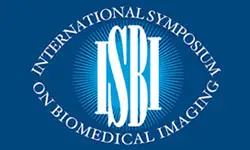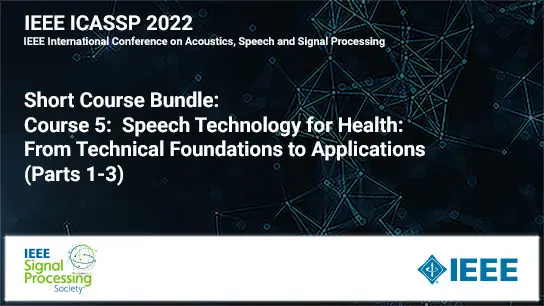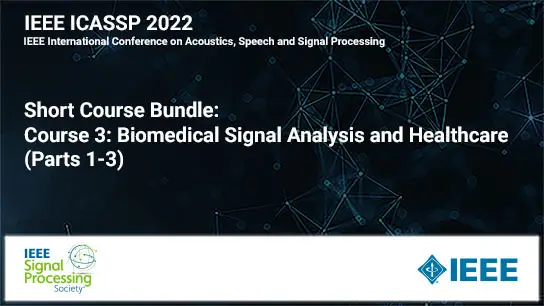Quantitative Functional And Molecular Contrast Imaging
Simona Turco, Massimo Mischi
-
Members: FreeSPS
IEEE Members: $11.00
Non-members: $15.00Length: 02:23:35
28 Mar 2022
Since the time it was introduced for invasive measurement of blood flow and volumes in the central circulation, the use of indicators has experienced tremendous advances. In particular, the possibility of combining indicators with fast-developing imaging solutions has opened up an entirely new spectrum of possibilities for minimally invasive, contrast-enhanced imaging. Dedicated indicators, referred to as contrast agents, have been developed for the different imaging modalities, starting from iodine for X-ray (and computed tomography) imaging, to radionuclides for nuclear imaging, up to paramagnetic agents for magnetic resonance imaging and microbubbles for ultrasound imaging. Besides their qualitative use, often limited by subjective and complex interpretation of the images, advanced methods for quantitative interpretation of contrast-enhanced images and videos have shown an exceptional growth in the past decades. Since the introduction of the first indicators, accuracy and complexity of the adopted models have shown terrific development, supported by increasing computing capabilities. Several models have been developed to interpret the transport kinetics of the different contrast agents in the vascular bed, also including complex effects in relation to vascular permeability and contrast extravascular leakage. The establishment of these quantitative methods in clinical practice is nowadays showing progress, based on extensive clinical validation, and many quantitative applications have already evidenced clinical value. Assessment of myocardial perfusion and characterization of the microvascular architecture are clinical applications where analysis of the contrast kinetics by advanced modeling has opened important diagnostic perspectives, especially in cardiology and oncology. This tutorial provides a comprehensive overview of all the pharmacokinetic models adopted for quantitative interpretation of contrast-enhanced imaging, discussing the related technical/methodological aspects in relation to their practical use. All the imaging technologies are treated, including ultrasound (US), magnetic resonance imaging (MRI), X-ray and computed tomography (CT), and nuclear imaging. Problems related to calibration of the imaging system and accuracy of the estimated physiological parameters are also discussed. The broad spectrum of diagnostic possibilities provided by quantitative contrast-enhanced imaging is presented with a focus on cardiology and oncology. Novel developments in the area of quantitative molecular imaging are also presented along with their potential clinical applications.



